These watch brands aren’t just making exquisitely-crafted timepieces—they’re also using their success to help fuel meaningful environmental and humanitarian initiatives.
As the old adage goes, with great power comes great responsibility. Amid the many issues currently plaguing the world today, luxury brands are doing their part in helping the environment and underserved groups around the world. After all, great businesses are made with good intentions.
READ ALSO: Artistic Horology: Luxury Watch Brand Partners With Legendary Museum
There are plenty of brands out there that are paving the way for a better future, including some of the world’s greatest timepiece makers. Indeed, chances are, your favorite luxury watch brand has initiatives that are helping children, the environment, science, and other significant sectors in our communities.
Below are just some of the initiatives form these brands that have made a positive impact in today’s world:
Rolex: Perpetual Planet
Rolex has been collaborating with explorers, scientists, and their affiliated organizations through their Perpetual Planet Initiative for years. What was once an endeavor to explore the unknown has now transformed into a movement to protect the planet we call home.
Together, these organizations and experts aim to protect the planet’s diverse ecosystems through significant scientific expeditions.
Documenting the Amazon
Starting 2022, the luxury watch brand collaborated with National Geographic for their Perpetual Planet Amazon Expedition, which aims to raise awareness about the rich biodiversity and environmental challenges faced by the Amazon rainforest.
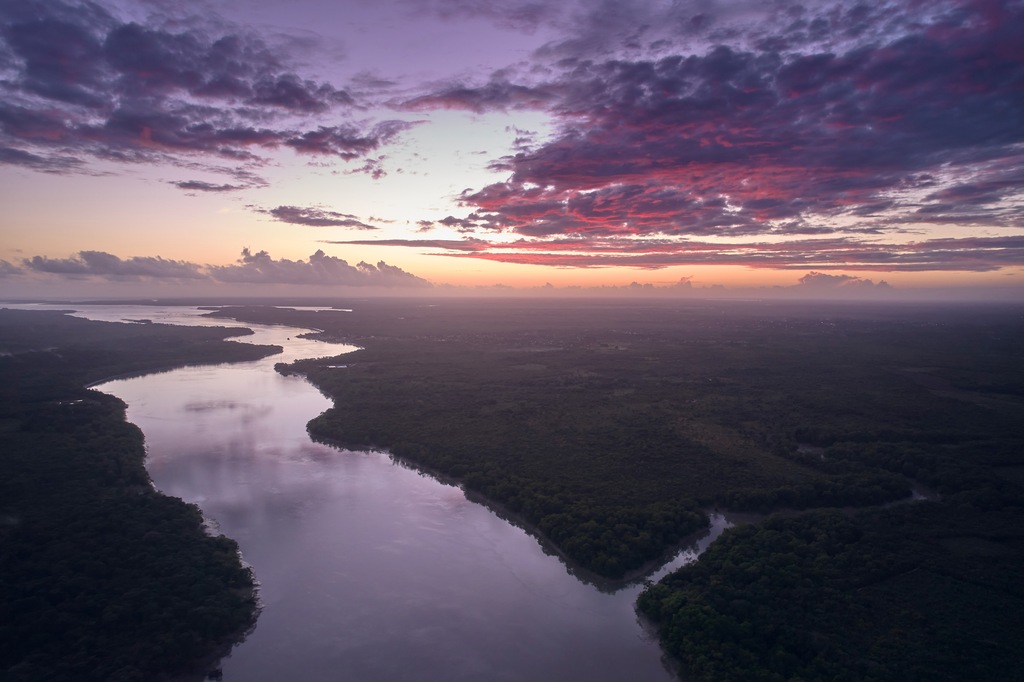
More specifically, the project highlights the Amazon’s 7,000-kilometer waterways, which haven’t received a lot of scientific attention throughout the years. This will be changing soon thanks to teams of ecologists, climate scientists, cartographers, geologists, and conservationists who are taking part in Rolex’s program. The multidisciplinary group has been working alongside local communities to document the intricacies of the Amazon’s River basin.
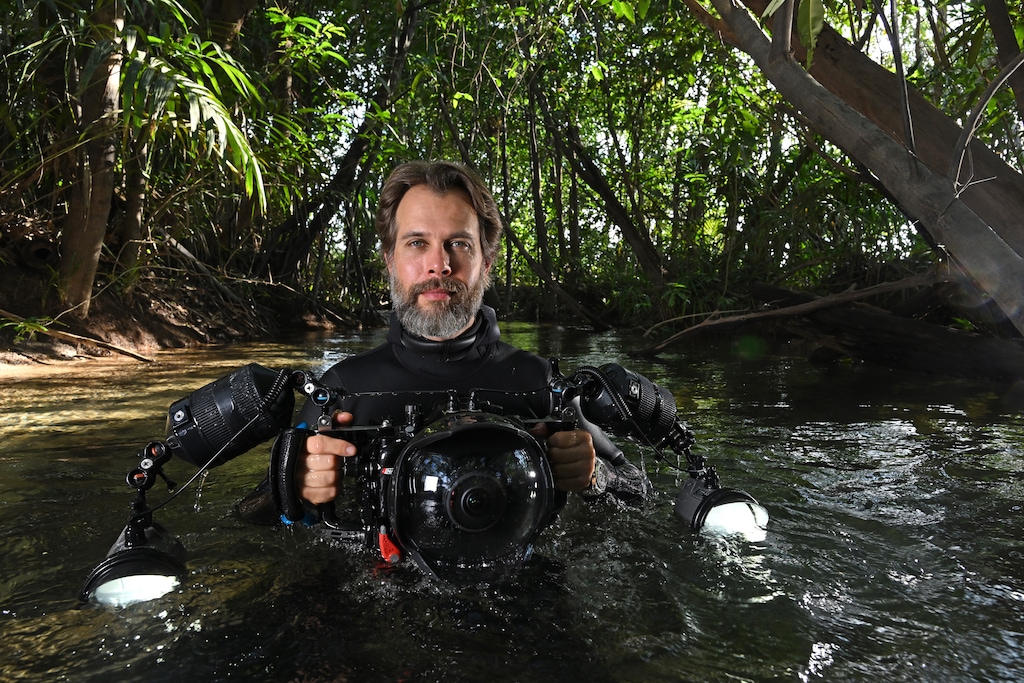
Within the past year, these teams have been making remarkable progress, slowly unraveling the captivating story behind these natural wonders. The mission is being documented by National Geographic Explorer and Photographer, Thomas Peschak. With his history as a marine biologist and celebrated wildlife photojournalist, he’s the perfect person to chronicle the expedition.
Tracking and Conservation Efforts
Within the first few weeks of their expedition, a team led by National Geographic Explorer Angelo Bernardino identified the world’s first known freshwater mangroves. The significant finding has increased the known area of mangroves in the region by 20 percent. Bernardino and his team intend to continue working with communities in the area to help map the ecosystem contributions of these mangroves.
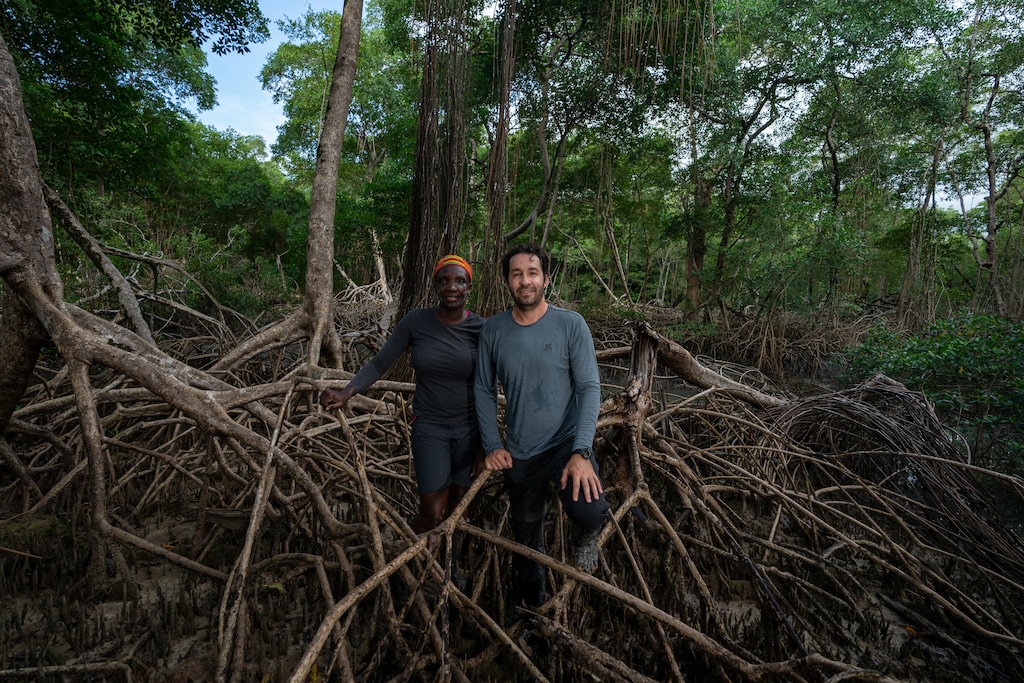
Meanwhile, National Geographic Explorer Fernando Trujillo has been working with local communities to help track down the quickly disappearing pink river dolphin. Local fisheries view the dolphin as competition, which is why the explorer aims to help them co-exist with the creatures.
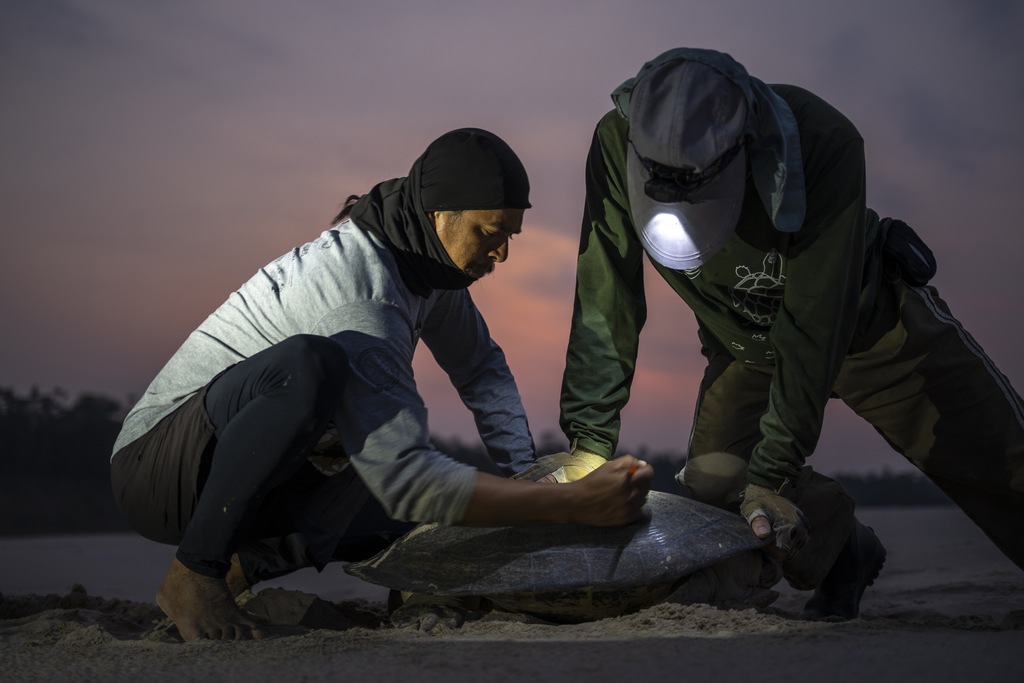
Trujillo’s team is also in the process of tagging and tracking other over-exploited species like giant Amazon river turtles, manatees, giant otters, black caimans, and Andean bears as part of their conservation efforts.
Within just a year of the initiative’s launch, these individuals are transforming what the world knows about the celebrated Amazon region.
Patek Philippe: Children Action
Patek Philippe is another prestigious timepiece brand that’s been giving back to the community for years. The company’s philanthropic endeavors mostly involve selling valuable, unique watches in charity auctions.
One of the groups that the brand has been supporting since 2005 is Children Action: a Geneva-based non-government organization (NGO) that aids underserved children around the world. They cover projects that provide kids with access to healthcare, education, nutrition, and psychosocial support.
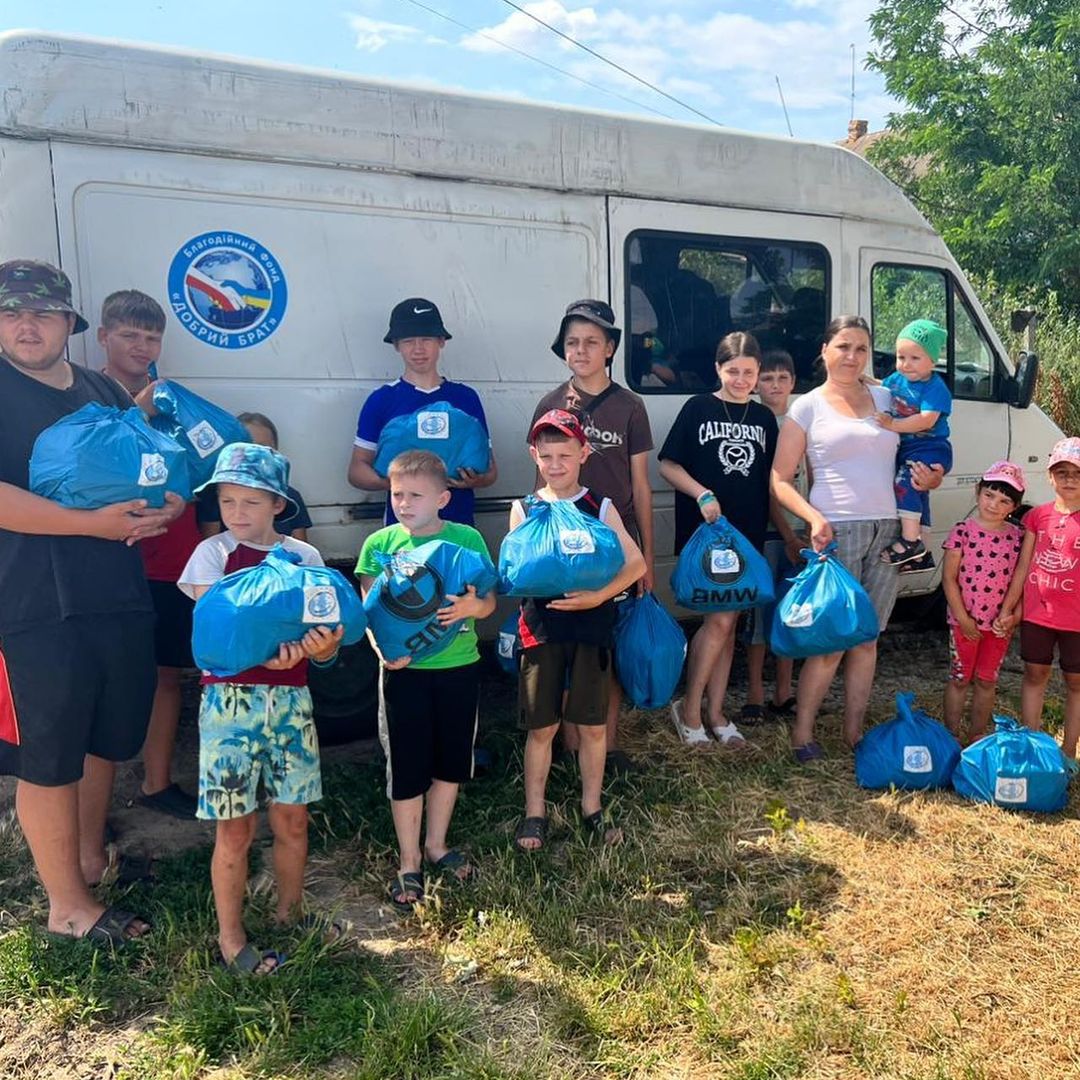
Time for the Youth
The first custom piece that Patek Philippe created for a charity auction was a titanium Ref. 6000T. The brand also donated the proceeds of the 2009, 2012, 2015, and 2022 auction models to Children Action.
Patek Philippe’s most recent custom piece was for the Children Action charity gala on November 7, 2022. The watch in question was the first ever titanium version of the perpetual calendar chronograph Ref. 5270, which sold for over $9 million (9.7 million Swiss francs).
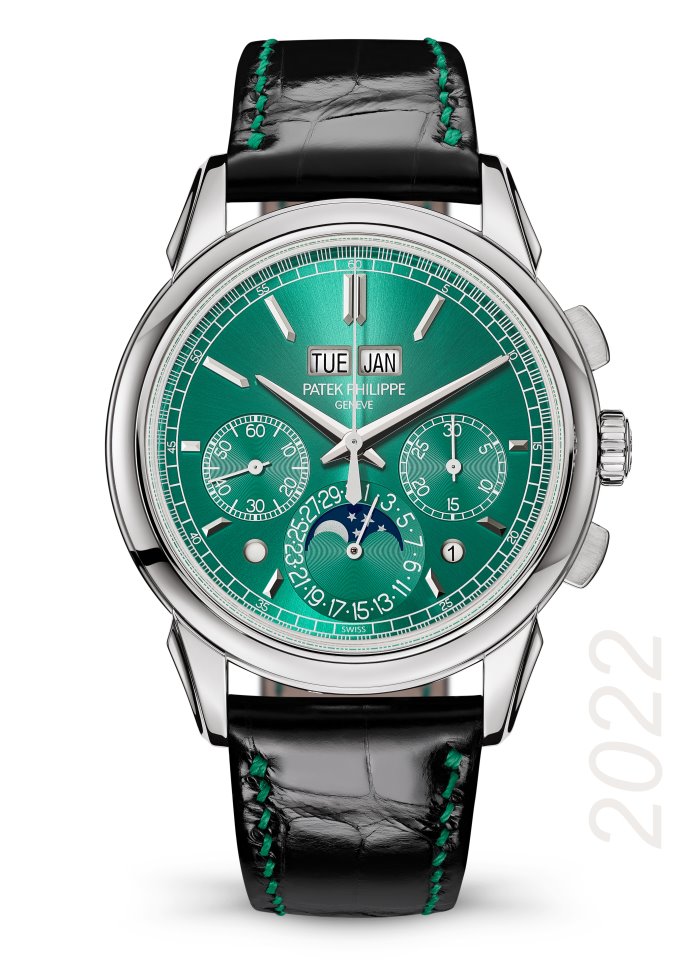
Patek Philippe’s official description of the timepiece writes: “Patek Philippe has been committed to supporting the motto ‘The first human right is to have a childhood’ by offering a special version of an exceptional timepiece at each Children Action auction. […] [The titanium Ref. 5270] stands out with its emerald green sunburst dial and its sapphire crystal case back bearing the inscription ‘Children Action 2022.’”
Jaeger-LeCoultre: Science-Based Targets Initiative
Swiss luxury watch brand, Jaeger-LeCoultre, has also been executing projects that aim to protect the planet. Besides reducing its GHG emissions and supporting the preservation of biodiversity found in Vallée de Joux, the company has also set up its Science-Based Targets Initiative.
The project is a collaboration between Jaeger-LeCoultre and multiple organizations, namely the Carbon Disclosure Project, UN Global Compact, World Resource Institute, and the World Wide Fund for Nature.
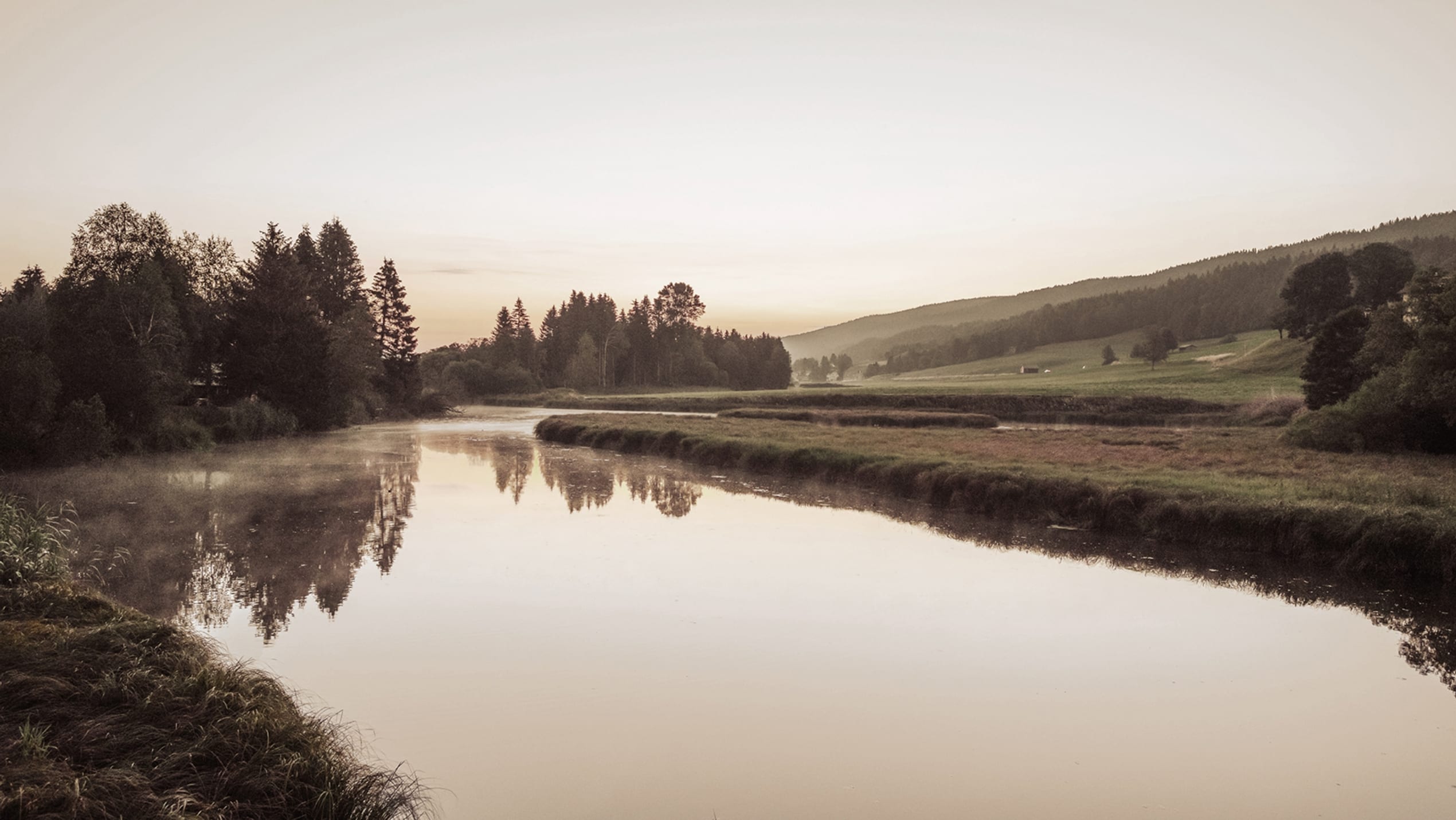
Since the initiative’s launch in 2019, the watch brand has not only been taking measures to reduce its carbon footprint, but also recording and publishing its progress on the matter. Their website elaborates on their future plans: “Our goal for 2030 is to reduce our scope 1 and 2 greenhouse gas emissions by 46% and our scope 3 emissions by 55%.”
Other Movements for the Planet
Besides its Science-Based Targets Initiative, Jaeger-LeCoultre has also set up its Plastic Shift Initiative, which has banned the use of PVC (polyvinyl chloride) from all their boutiques since 2022. For instance, they’ve eliminated single-use plastic water bottles and cups, replacing them with refillable glass bottles and mugs. The brand’s new watch case has also reduced its plastic footprint.
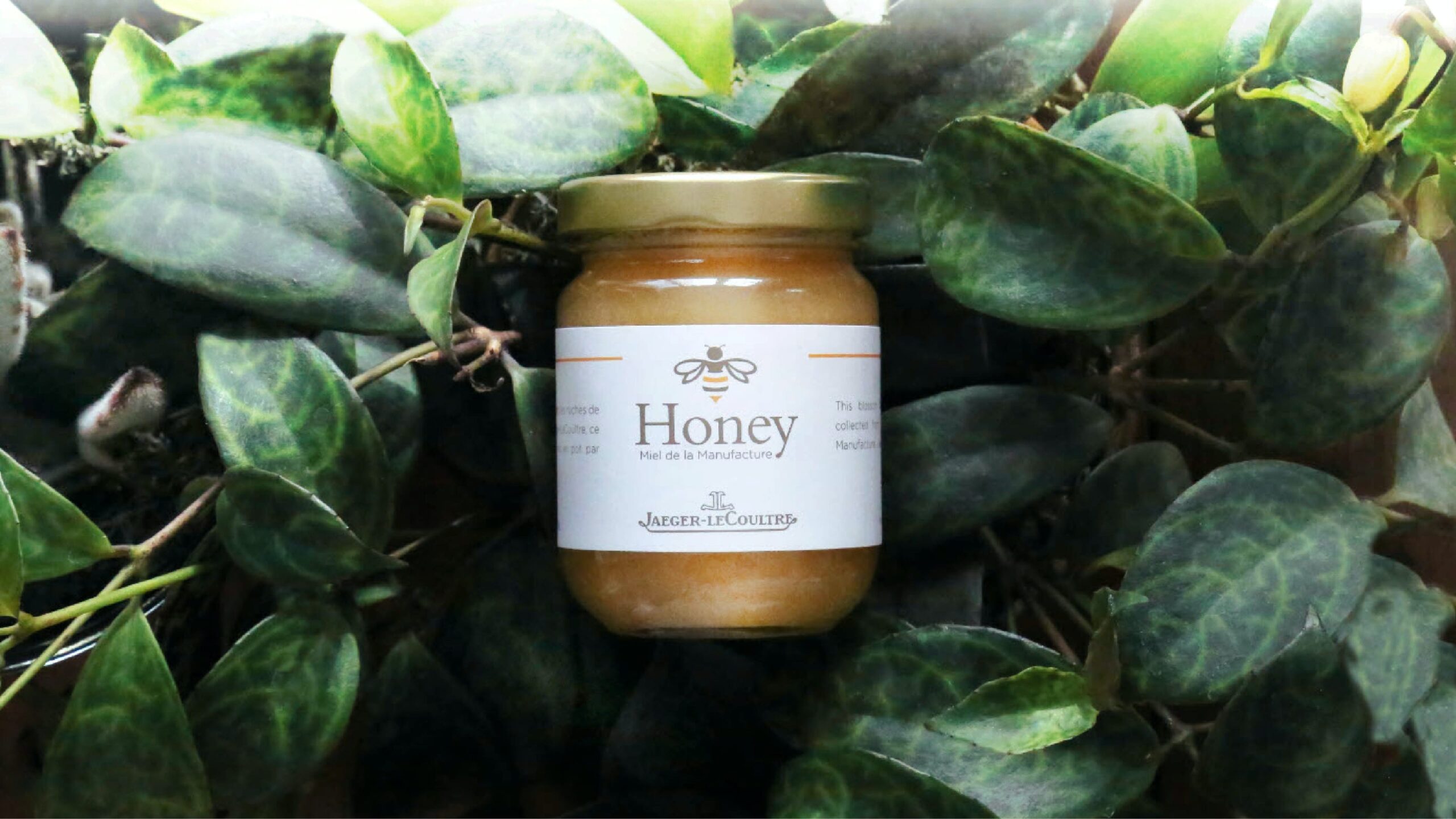
Additionally, Jaeger-LeCoultre started shifting to sustainable practices that preserve local biodiversity. This includes cultivating a fresh vegetable garden in their Maison with the help of Mr. Sven Aubert, a Swiss market gardener from Bioux. They’ve also put up an apiary that has welcomed 500,000 to 600,000 bees during the high season for the past nine years.
Audemars Piguet Foundation
Audemars Piguet watches are among the most valuable timepieces in the market today. The brand is so powerful that it actually set up its very own organization.
Jacques-Louis Audemars first established the Audemars Piguet Foundation in 1992. The organization is dedicated to funding a variety of social projects. Since it was first introduced, it’s been contributing to forest conservation through environmental and youth awareness-raising programs.
Jacque’s daughter, Jasmine Audemars, now chairs the foundation and continues its mission to protect the planet and its people. This is done with the help of nonprofits and NGOs worldwide.
The foundation’s website reads: “Our approach aims to initiate a virtuous circle of sustainable development through projects led in collaboration with the people they affect, to raise awareness among young people, uphold age-old knowledge, and foster skill development in order to better build a sustainable future.”
Preserving Madagascar’s Biodiversity
One of the foundation’s past projects includes the conservation of Madagascar’s biodiversity, namely those found southeast of the island. Together with Swiss NGO ProAct Network, Audemars Piguet funded the replanting initiatives of ten high-priority sites. This involved planting traditional, endemic species and crops. In doing so, residents would be able to rehabilitate the land, spur eco-tourism, and find more sources of livelihood.
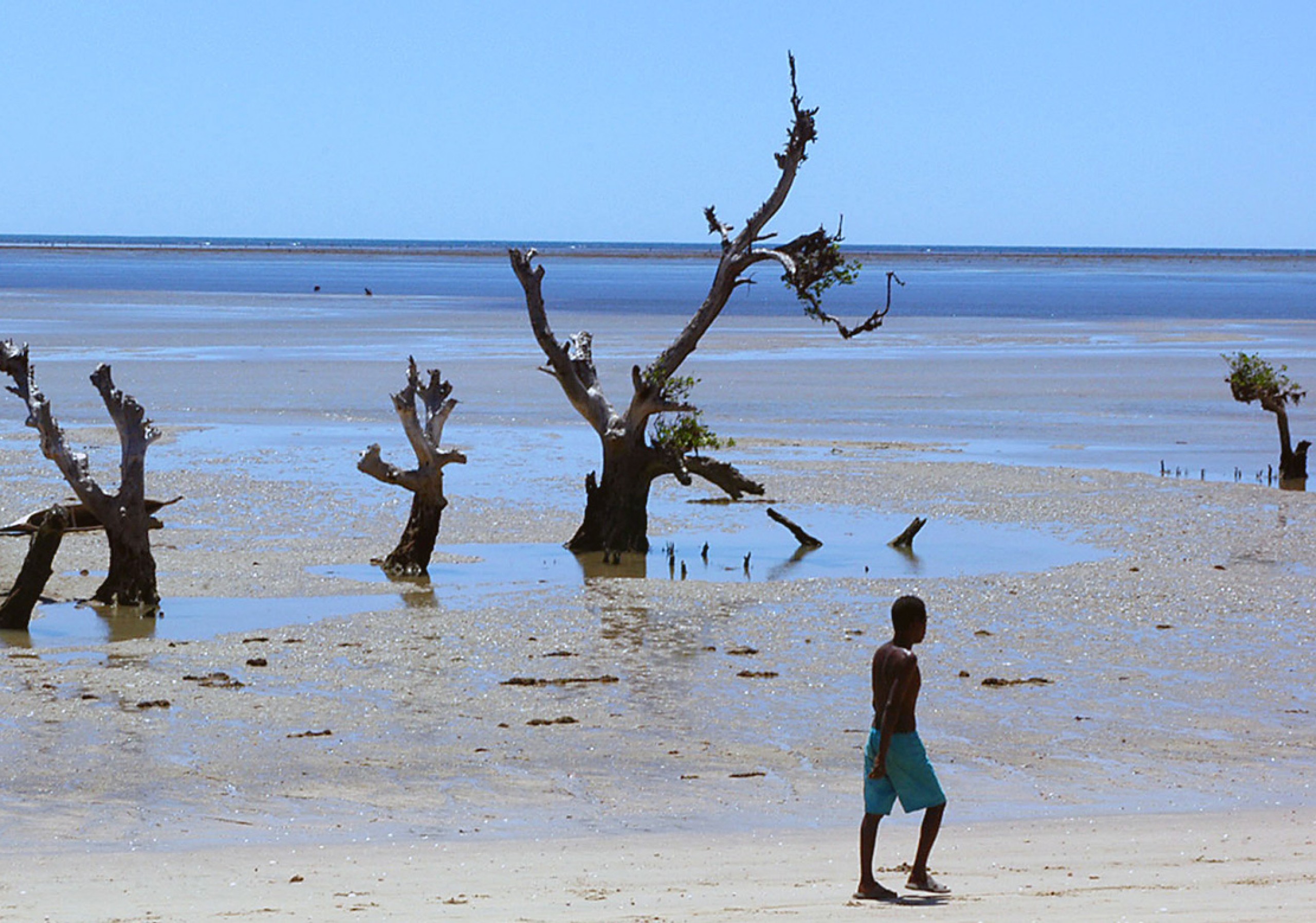
The Surui’s Pamine Project In Brazil
The foundation also funded the Surui’s Pamine Project, an initiative of Swiss association Aquaverde. The Surui people of Brazil faced extinction due to foreign contact in 1968. Even today, their numbers are small at 1,300. Still, they continue to rebuild their old ways of life by restoring their forest heritage. They also combine these efforts with modern management practices.
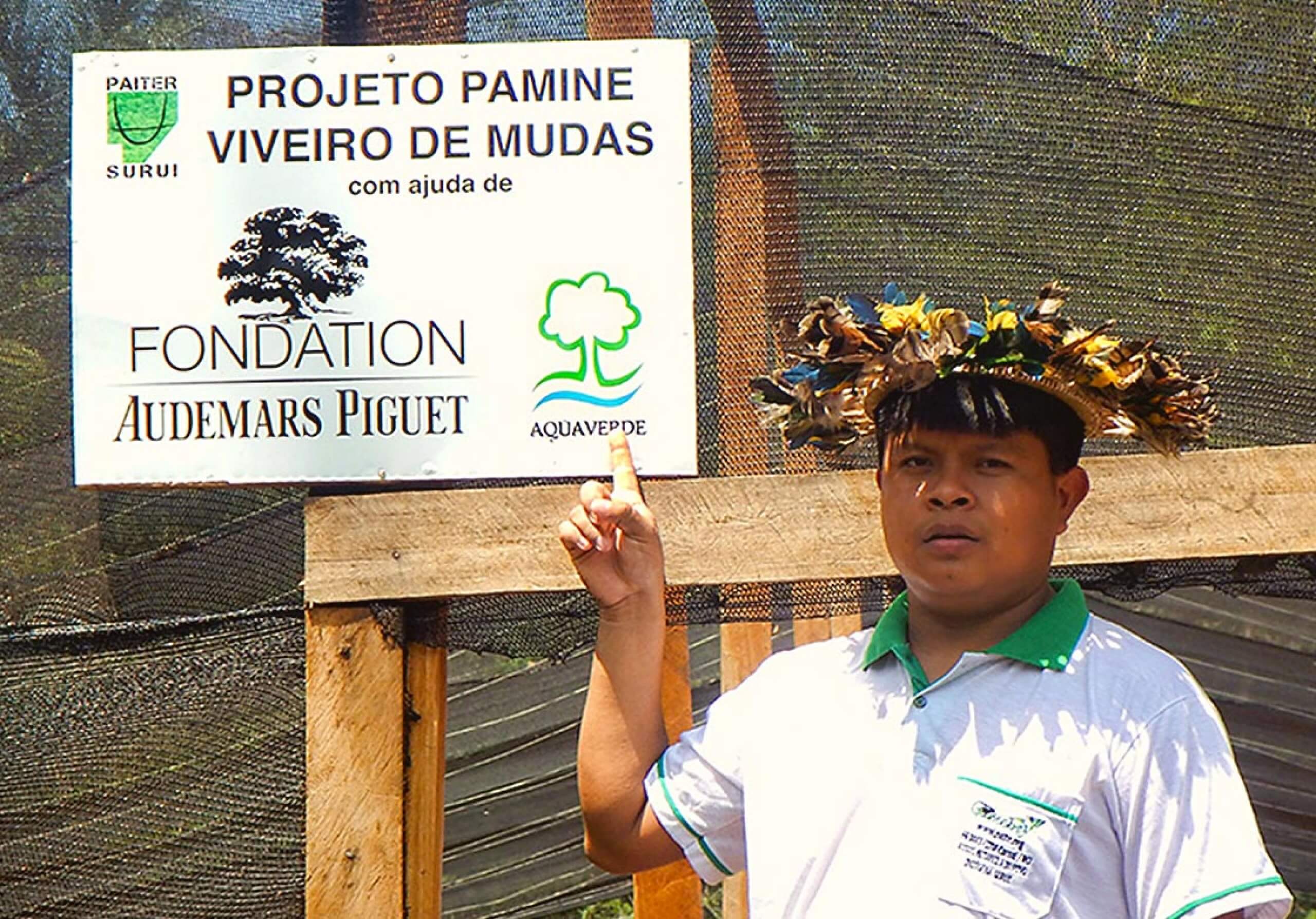
With the financial assistance of Audemars Piguet, Aquaverde was able to provide over 100,000 plants for five nurseries under the Surui people.
One Drop’s “El Salvador Project”
Another notable project funded by the foundation is One Drop’s “El Salvador Project.” The NGO and Audemars Piguet planted 12,000 trees in an effort to prevent soil erosion in El Salvador. This, in turn, aims to stop the water shortages that have been occurring in the area. The project also provided families with fresh produce and 200 economically efficient wood-fueled cooking stoves.
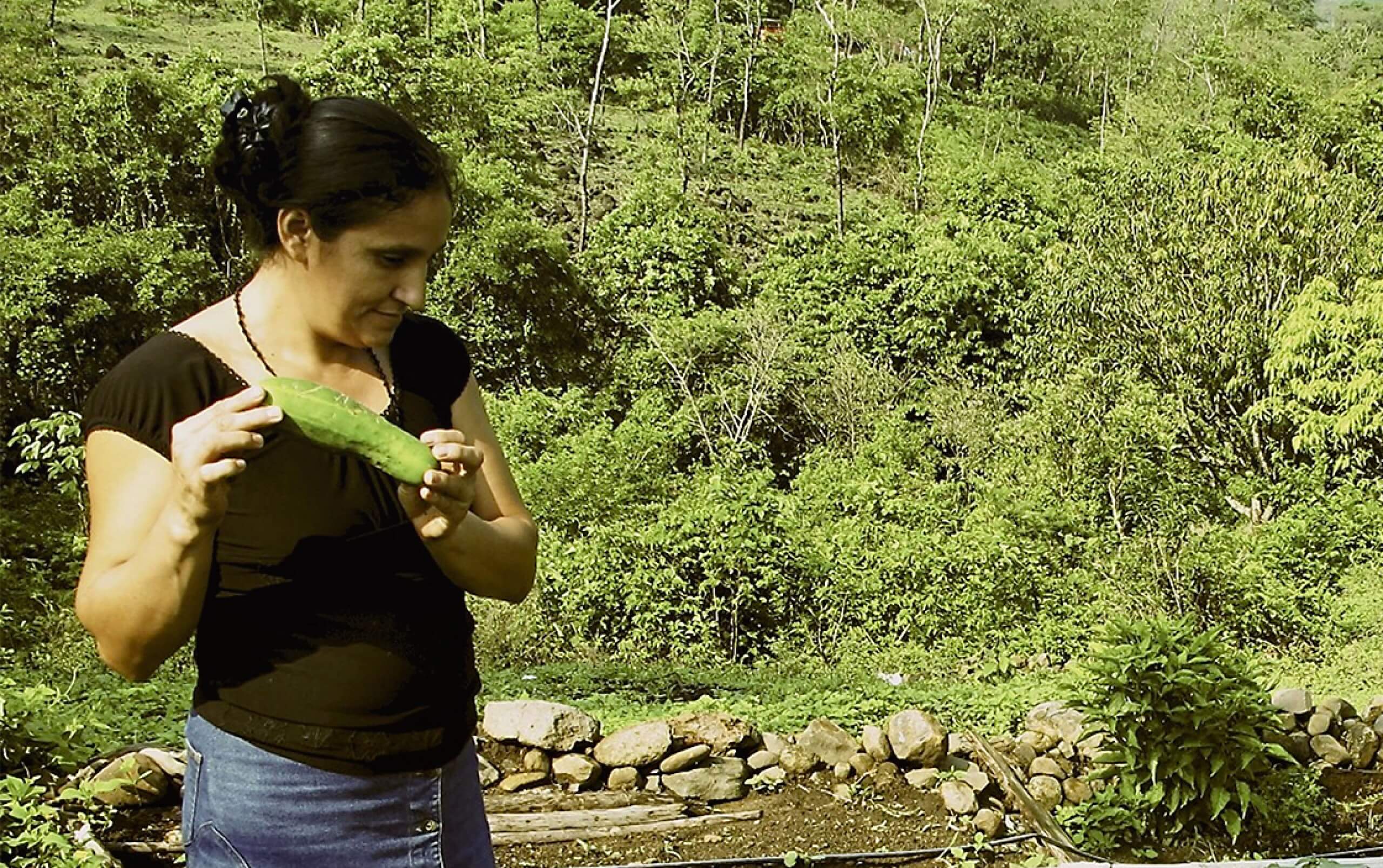
Banner photo by Marek Szturc via Unsplash.





